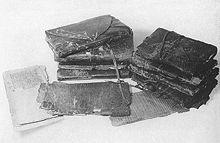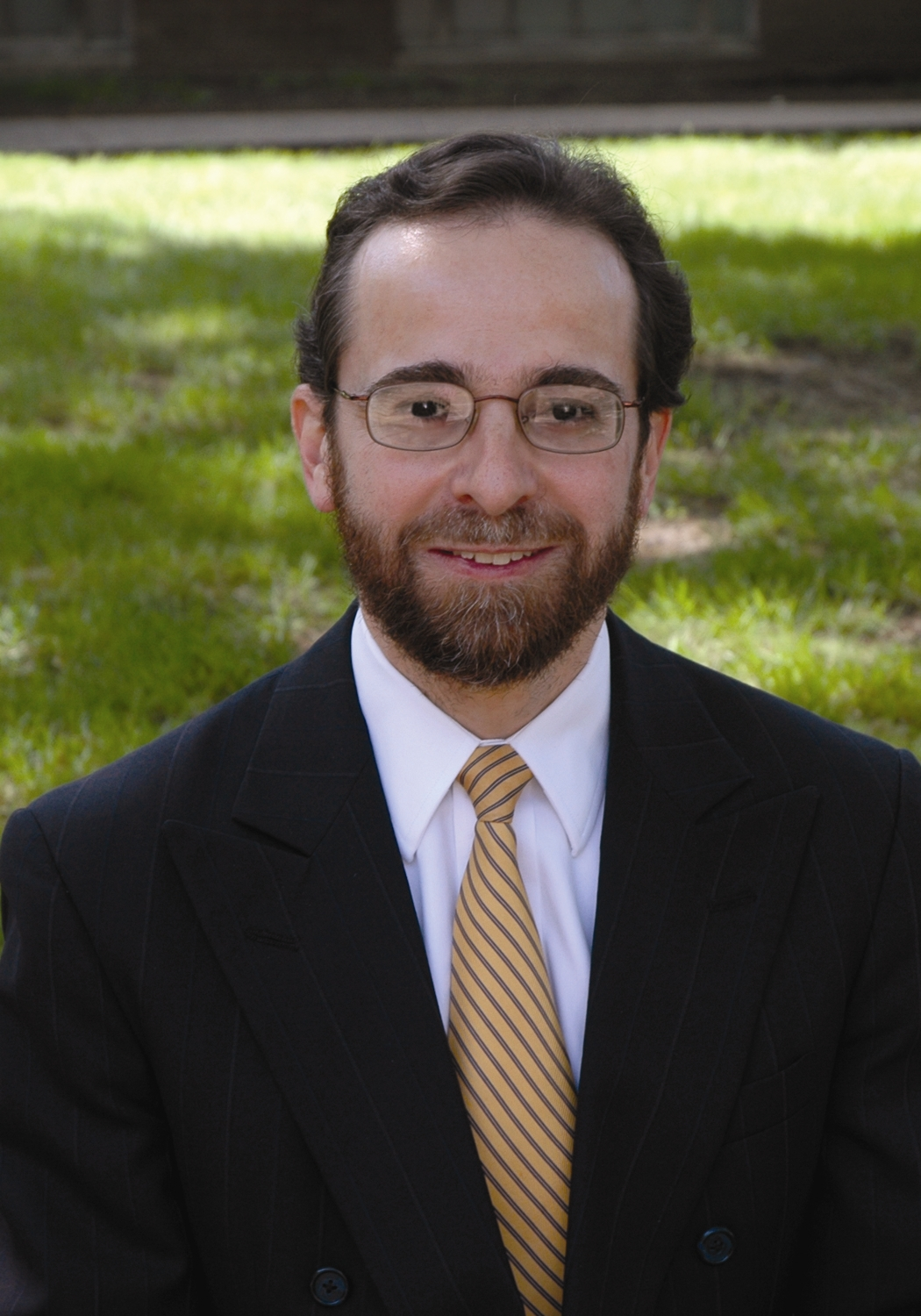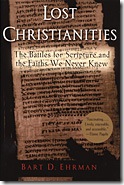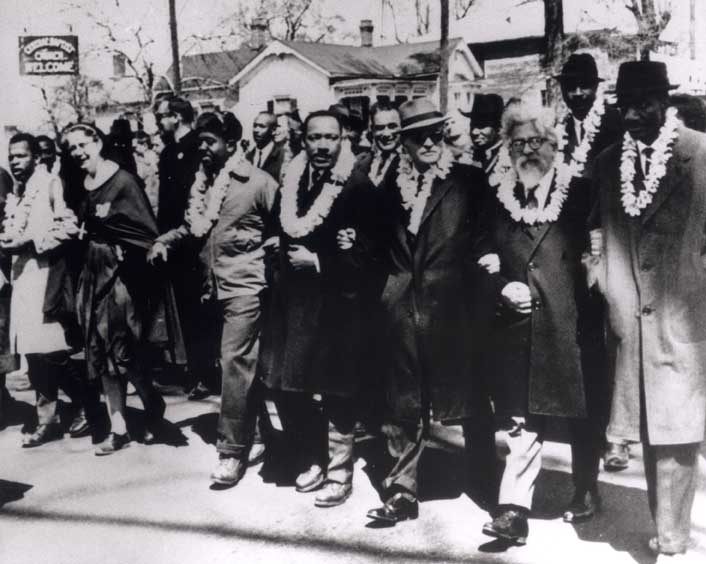 Published in 1979, The Gnostic Gospels has received the National Book Award and has become the leading work regarding the Nag Hammadi texts discovered in 1945, and Pagels is recognized as a preeminent authority on these Coptic language, gnostic flavored texts.
Published in 1979, The Gnostic Gospels has received the National Book Award and has become the leading work regarding the Nag Hammadi texts discovered in 1945, and Pagels is recognized as a preeminent authority on these Coptic language, gnostic flavored texts.
Although discovered in 1945, the texts remained outside public purview for many years due to scholarly and governmental squabbling over access. When western scholars finally obtained access to the discoveries, Pagels was entering graduate school at Harvard. Listen to her story:
I first learned of the Nag Hammadi discoveries in 1965, when I entered the graduate program at Harvard University … I was fascinated to hear of the find, and delighted in 1968 when [a Harvard professor] received mimeographed transcriptions … because the official publications had not yet appeared … Convinced that the discovery would revolutionize the traditional understanding of the origins of Christianity, I wrote my dissertation at Harvard and Oxford on the controversy between gnostic and orthodox Christianity.
After receiving her Harvard PhD, Pagels accepted a faculty position at Barnard College, Columbia University, and she continued her research into early Christian Gnosticism, publishing a couple of technical books in the process. In 1975, she traveled to Cairo and received access to the original documents, she delivered a paper to the First International Conference of the Nag Hammadi scholars, and “having joined the team of scholars, I participated in preparing the first complete edition in English, published in the United States in 1977.”
 The story of finding the buried vase that contained the ancient texts is filled with blood revenge murder and sufficient intrigue for an Indiana Jones movie, but the speculation regarding the burying of the vase millennia ago is equally compelling. Nag Hammadi is a small city on the banks of the Nile River several hundred miles upstream from the Nile Delta. Based on dating the codices found in the jar, it is commonly believed that the vase was buried between 350 and 400 CE.
The story of finding the buried vase that contained the ancient texts is filled with blood revenge murder and sufficient intrigue for an Indiana Jones movie, but the speculation regarding the burying of the vase millennia ago is equally compelling. Nag Hammadi is a small city on the banks of the Nile River several hundred miles upstream from the Nile Delta. Based on dating the codices found in the jar, it is commonly believed that the vase was buried between 350 and 400 CE.
Who buried the vase? Why? Pagels borrows this explanation:
The scholar Frederik Wisse has suggested that the monks who lived at the monastery of St. Pachomius, within sight of the cliff where the texts were found, may have included the Nag Hammadi texts within their devotional library. But in 367, when Athanasius, the powerful Archbishop of Alexandria, sent an order to purge all “apocryphal books” with “heretical” tendencies, one (or several) of the monks may have hidden the precious manuscripts in the jar.
All this is merely background to the primary thrust of The Gnostic Gospels, which is to interpret and compare these gnostic texts with orthodox Christianity. Here are Pagel’s main theses:
Because gnostic Christians stressed a direct relationship with God attained through self knowledge (gnosis) as revealed by Jesus, the authority of the deacons and bishops was threatened, and the hierarchy attacked the gnostics with a vigor befitting a life-death struggle. Even though the gnostics were fellow Christians, albeit with different views, the concepts of orthodoxy and heresy developed to smash the gnostics. Chief among the heresy hunters was Bishop Irenaeus whose monumental “Against Heresies”, c 180 CE, provides the greatest insight into the early battle over orthodoxy. He wrote:
Such persons are, to outward appearances, sheep, for they seem to be like us, from what they say in public, repeating the same words [of confession] that we do; but inwardly they are wolves.
[Gnostic teaching destroys them in] an abyss of madness and blasphemy.
[S]uch a person becomes so puffed up that … he walks with a strutting gait and a supercilious countenance, possessing all the pompous airs of a cock.
One must obey the priests who are in the church—that is … those who possess the succession from the apostles. For they receive simultaneously with the episcopal succession the sure gift of truth.
- Significance of the Resurrection:
Since gnostics stressed interior knowledge initiated by the revelatory character of Jesus and under the guidance of the spirit, individual theological views varied–dogma was not important—interior enlightenment mattered, and this varied from one to another. Thus, gnostics held varying views on the resurrection of Jesus, but they tended to spiritualize the resurrection accounts and understand the resurrection symbolically while their opponents stressed the literal historicity of the resurrection, at least in part as self-serving claims for authority for the witnesses to the resurrection (Peter and the disciples) and their heirs (priests, bishops, and pope).
Pagels describes the resurrection view of the gnostics as follows:
Ordinary human existence is spiritual death, but the resurrection is the moment of enlightenment. “It is … the revealing of what truly exists … and a migration into newness.” Whoever grasps this is spiritually alive. This means that one can be “resurrected from the dead’ right now: “Are you—the real you—mere corruption? Why do you not examine your own self and see that you have arisen?”
Again, gnostic views are diverse and varied, but clearly the gnostics held a higher view of the role of women than did their orthodox opponents. Since the gnostics had no priests, anyone, including a woman, was free to speak at gnostic gatherings. Some gnostic sects had women in leadership roles.
Gnostic imagery also offered a heightened view of women. Pagels sketches three common motifs: the divine mother as part of an original couple, divine mother as holy spirit—the trinity becomes father, mother, and son, and divine mother as Wisdom.
Why did the orthodox church move to exclude women? Pagels speculates that part of the reason was because the gnostics did not; thus, excluding women became a mode of differentiation from the heretics.
We can see, then, two very different patterns of sexual attitudes emerging in orthodox and gnostic circles. In simplest form, many gnostic Christians correlate their description of God in both masculine and feminine terms with a complementary description of human nature … Gnostic Christians often take the principle of equality between men and women into the social and political structures of their communities. The orthodox pattern is strikingly different: it describes God in exclusively masculine terms [which] translates into social practice: by the late second century, the orthodox community came to accept the domination of men over women as the divinely ordained order, not only for social and family life, but also for the Christian churches.
- Persecution of Christians:
 While some gnostic Christians would have been victims of first and second century Roman persecutions, Pagels generalizes that it was mostly orthodox Christians who faced, and embraced death, while the gnostics mostly did not.
While some gnostic Christians would have been victims of first and second century Roman persecutions, Pagels generalizes that it was mostly orthodox Christians who faced, and embraced death, while the gnostics mostly did not.
The examples of Ignatius of Antioch, Polycarp, Perpetua and Felicity are illustrative. Each of these willingly and gladly accepted their deaths, repeatedly refusing the offer for leniency in exchange for demonstrating sacrificial allegiance to the emperor.
The gnostics and the orthodox drew differing boundaries that defined the true church in ways that excluded the other. For the orthodox, the church consisted of those who held fast to the creed, participated in the sacraments and worship, and obeyed the clergy—“Outside the church there is no salvation.” For the anti-authoritarian gnostics, the church consisted of seekers after esoteric wisdom–“the light within”–even if their search led them away from the established church. Truth was to be found in individual enlightenment rather than blind obeisance to the dogma of the bishops. The charge that gnostics claimed to be spiritual elites has merit.
Conclusion: Pagels offers a benign view of the gnostics, suggesting their suppression resulted in the impoverishment of Christian tradition, but she does not advocate or “side with” Gnosticism. Yet, the historical record reminds us that orthodoxy always belittles those on the fringes, those who dare wonder, those “restless, inquiring people who marked out a solitary path of self-discovery.” And, she suggests that current Christians again dare ask questions that orthodoxy would claim are settled:
How is one to understand the resurrection? What about women’s participation in priestly and episcopal office? Who was Christ, and how does he relate to the believer? What are the similarities between Christianity and other world religions? … What is the relation between the authority of one’s own experience and that claimed for the Scriptures, the ritual, and the clergy?
According to Pagels, if the ancient monks had not buried their library, those gnostic texts would surely have been burned and Christianity would have lost a great treasure.
Today we read them with different eyes, not merely as “madness and blasphemy” but as Christians in the first centuries experienced them—a powerful alternative to what we know as orthodox Christian tradition. Only now are we beginning to consider the questions with which they confront us.
 Is it a mixed metaphor to apply Perry Como’s jingle from the fifties to emails? Who is Perry Como you ask? Whatever.
Is it a mixed metaphor to apply Perry Como’s jingle from the fifties to emails? Who is Perry Como you ask? Whatever.







